
The inheritance types that can be implemented in Java are: single inheritance, multiple inheritance, multi-level inheritance, hierarchical inheritance and mixed inheritance.
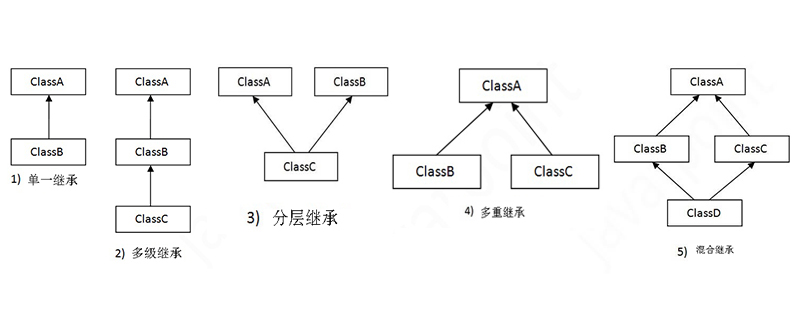
There are also different types of inheritance in Java. This article will introduce you to the inheritance types in Java and let you know how many inheritance types can be achieved in Java. How are the two types of inheritance implemented? I hope it will be helpful to you.
Inheritance in java classes
On the basis of classes, there can be three types of inheritance in java: single inheritance, multi-level inheritance, Hierarchical inheritance
Single inheritance: It is a relationship between a subclass and a parent class. One class extends another class. We call it single inheritance. Example: Class B only extends one subclass A, so class B is the parent class of class A, and class A is the subclass of class B
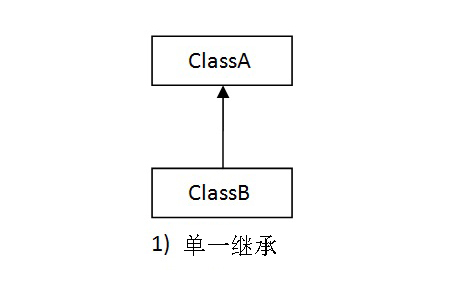
Description:
Parent class: A class whose properties and functions are used (inherited) by another class is called a parent class, super class or base class.
Subclass: A class that extends the functionality of another class is called a subclass or derived class.
Note: Java classes do not support multiple inheritance. This is to reduce complexity and simplify the language.
Multi-level inheritance: refers to a class that extends subclass 1 (derived class). The subclass 1 extends subclass 2, so that the derived class 1 becomes the base of the new class 2. An OO technical mechanism for classes. For example, class C extends class B, so C is the parent class of B; class B extends class A, so B is the parent class of A.
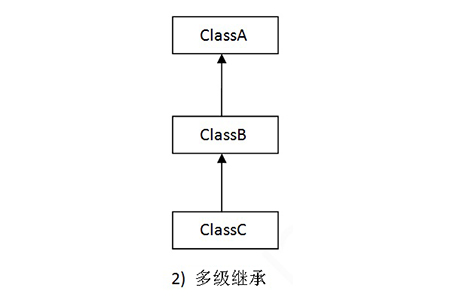
Hierarchical inheritance: When multiple classes inherit the same class, this is called hierarchical inheritance. For example: Classes A and B both inherit the same class C, so C is the parent class of A and B.
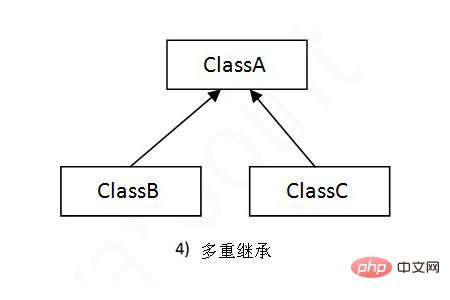
Inheritance supported in interfaces
In java programming, only the inheritance types supported through interfaces : Multiple inheritance and mixed inheritance
Multiple inheritance: refers to the concept of a class inheriting multiple parent classes, which means that a subclass will have multiple parent classes.

Note:
1. Multiple inheritance usually causes problems in the project hierarchy, so it is rarely used in projects. use.
2. Multiple inheritance is not supported by most new OO languages, such as Java, C#, so it needs to be implemented through interfaces.
Mixed inheritance: refers to combining multiple types of inheritance in a single program, for example:
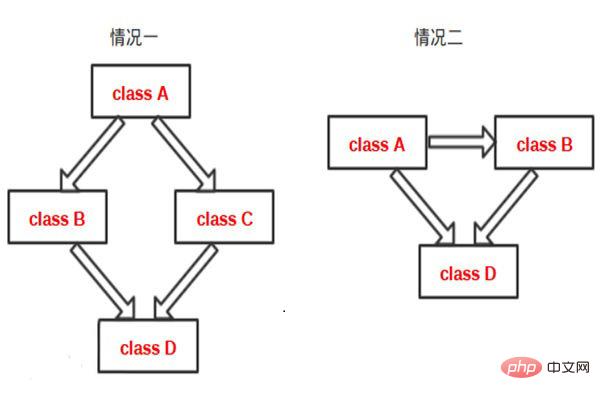
Description: By using interfaces, you can implement mixed inheritance in java.
Summary: The above is the entire content of this article, I hope it will be helpful to everyone's study.
The above is the detailed content of What are the inheritance types in Java?. For more information, please follow other related articles on the PHP Chinese website!



